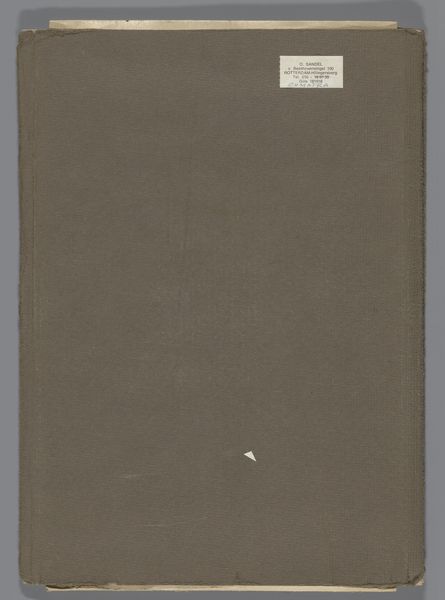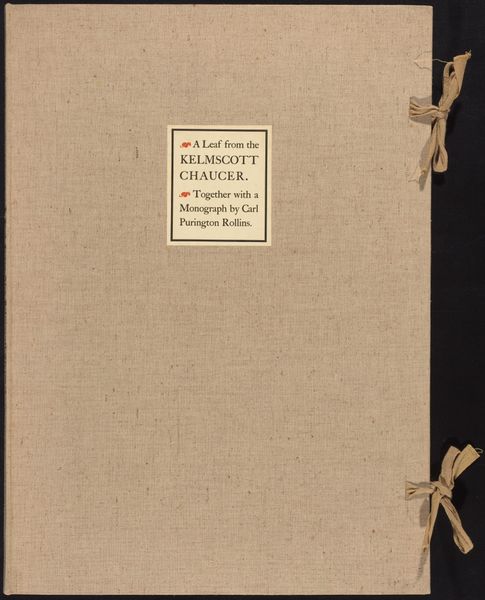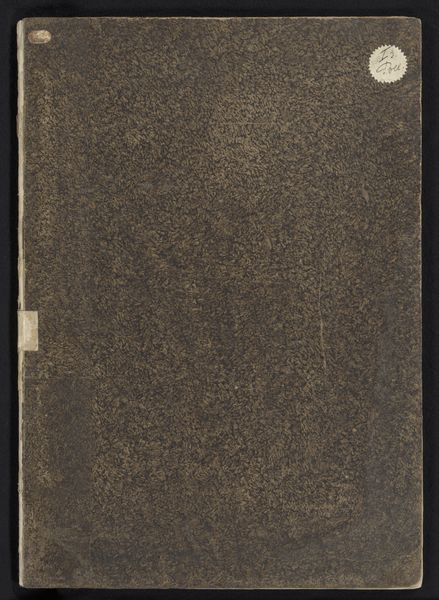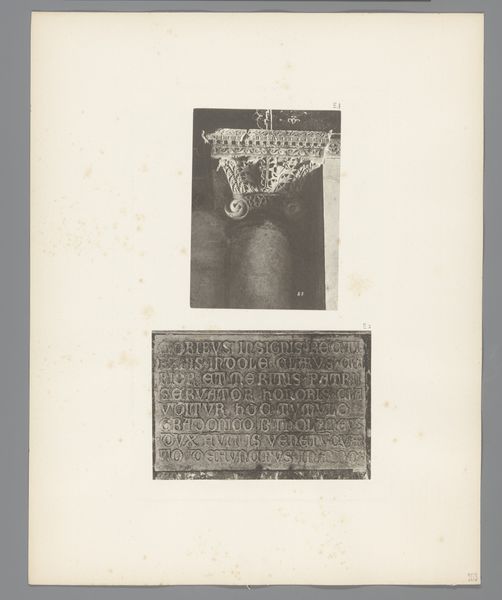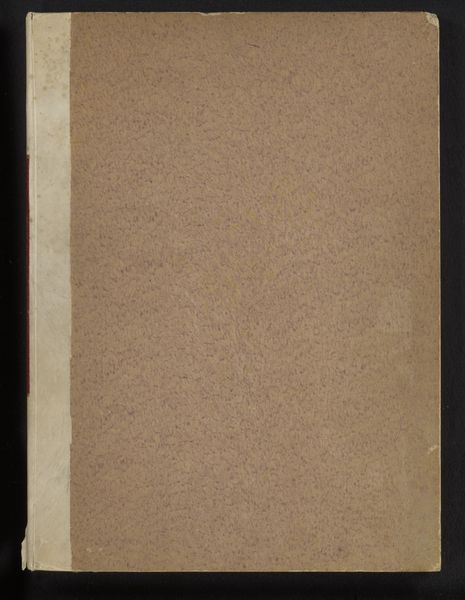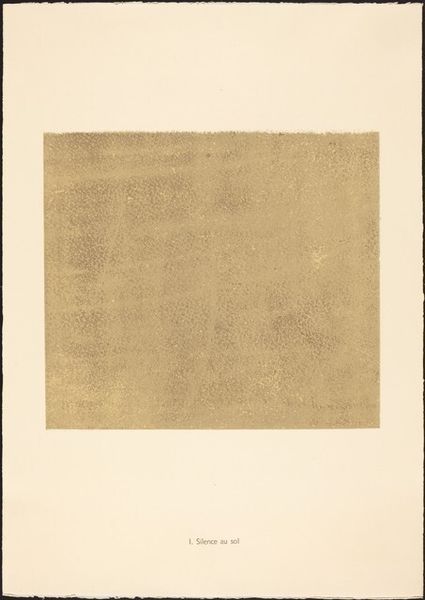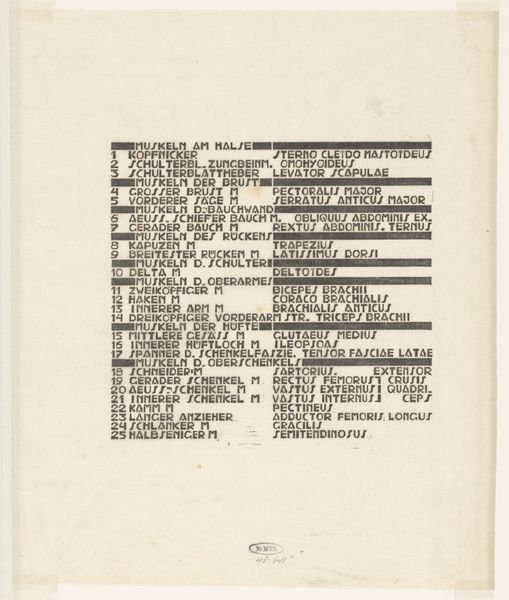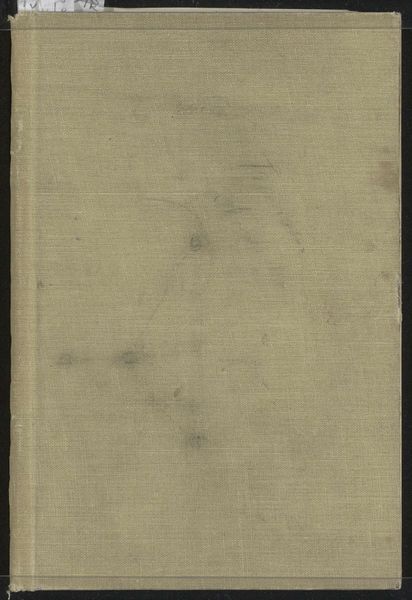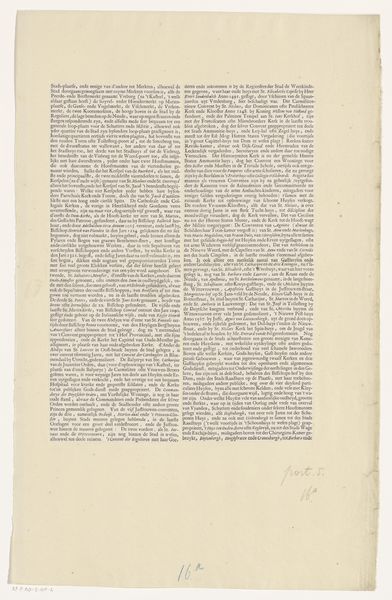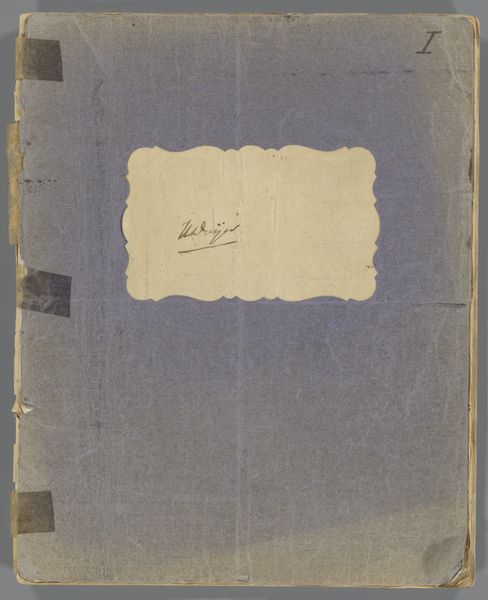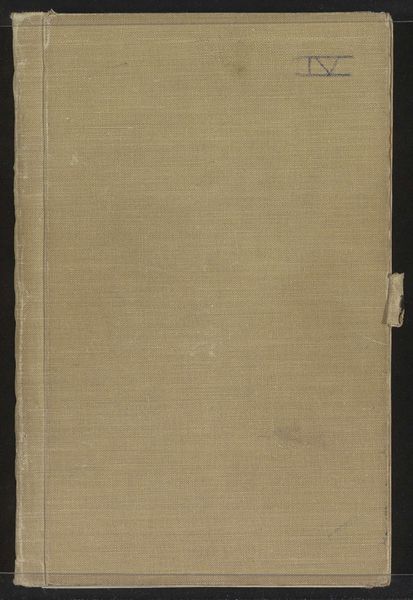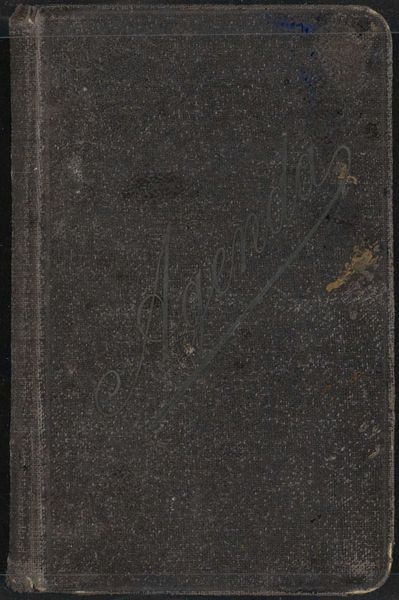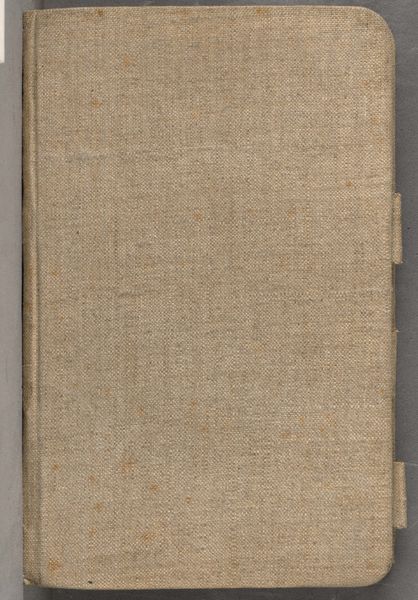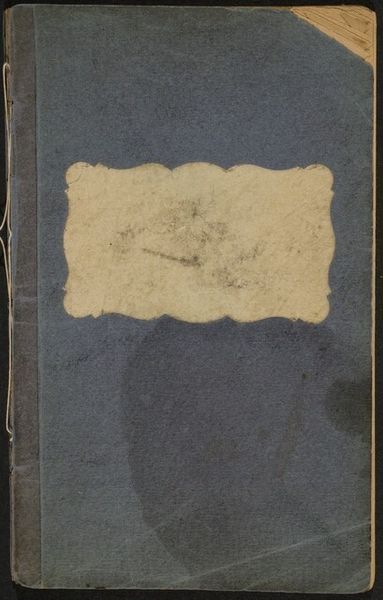
mixed-media, print, paper
#
abstract-expressionism
#
mixed-media
# print
#
paper
#
mixed medium
#
mixed media
#
modernism
#
watercolor
Copyright: National Gallery of Art: CC0 1.0
Curator: Looking at Harry Hoehn’s "Hephaestus" from 1968, what initially strikes you? It’s a mixed media print on paper. Editor: My first thought is the surface. The repetitive mark-making is strangely calming. It also strikes me as dense, perhaps mirroring the industriousness associated with the Greek god Hephaestus. Curator: Absolutely. Considering its titular reference, it prompts questions about the symbolism employed. Hephaestus, god of metalworking, the forge, and fire, what elements here reflect his narrative? Editor: It appears the means of production is the message. I’d bet that repeated application suggests a labour intensive method for this print, and the variations signal the crucial imperfection of human touch inherent in craftsmanship, reflecting Hephaestus' own labor. Curator: I agree. The Abstract Expressionist approach to production emphasizes process over precise form, democratizing the idea of making. By choosing printmaking, which is fundamentally reproducible, he confronts notions of authenticity. It is worth asking too, how gender and ability play into that notion of ‘perfection’ – Hephaestus’ lameness, which informs so much of his narrative, made him the frequent target of Olympian derision. Editor: Indeed. We see modernism playing with ideas around handicraft and industry so regularly, from furniture to architecture, questioning how objects gain value and cultural weight. Looking closer at the individual printed marks, they seem almost like bundles of wheat or some sort of tied brush. Do we know anything more about the specific methods used by Hoehn? Curator: I wish we knew more! Hoehn remains a bit of a mystery, which perhaps speaks to the biases within art historical canon formation. However, even in its ambiguity, "Hephaestus" continues to spark dialogue about the connections among mythology, the labor movement, identity, and the materials we deem ‘worthy’ of art. Editor: So, to conclude, it presents itself as a meditation on labor and artistic production itself, and our task should be to uncover this maker’s social contributions? Curator: Precisely. By embracing those challenges, we can widen our understanding of the social, historical, and personal implications embedded in its creation.
Comments
No comments
Be the first to comment and join the conversation on the ultimate creative platform.
